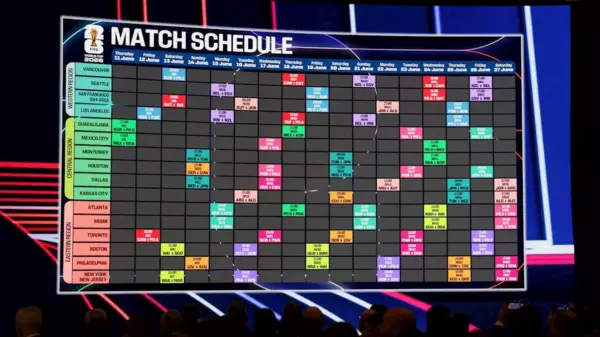Parents of students enrolled in Greater Albany Public Schools (GAPS) are raising concerns about the adequacy of lunch breaks, particularly for younger students. Ashley Caldwell, a mother of two GAPS students, initiated an online petition earlier this week, urging the school district to extend the current lunch period, which she describes as “15 short minutes.” As of September 18, 2023, the petition has garnered over 500 signatures.
Caldwell, whose sixth grader attends Calapooia Middle School, reported that while her child enjoys the cafeteria food, he often comes home feeling hungry. She emphasized the need for students to have a reasonable amount of time to eat their meals. In response to inquiries about the lunch schedule, GAPS spokesperson Becca Mallery stated that elementary and middle school students are allocated a 40-minute window for lunch, which includes 20 minutes for eating and 20 minutes for recess. However, Mallery noted that there is no strict separation between eating time and recess.
At the high school level, students also receive 40 minutes for lunch, with two five-minute passing periods on either side of the meal. Mallery mentioned that these timelines have been in place for several years, but she could not specify exactly how long. Some district officials suspect that peer pressure may influence students to leave the cafeteria earlier to join friends outside.
During a recent school board meeting, another parent voiced her concerns about the existing lunch schedule. According to bell schedules from the nearby Corvallis School District, middle school students typically have a 30-minute lunch, while elementary students typically have 20 minutes for lunch.
In Oregon, there are no state regulations dictating the minimum amount of time students must have for lunch. Peter Rudy, a spokesperson for the Oregon Department of Education, highlighted that federal guidelines from the National School Lunch Program encourage schools to ensure lunch periods are long enough for students to eat adequately.
Concerns about the current lunch schedule were echoed by Albany parent Chanel Protzman, who has four children enrolled in GAPS. Protzman attended the recent school board meeting to express her dissatisfaction, stating, “I don’t feel 15 minutes is enough time for our children to arrive in the lunch room, wait in line, find a seat, and eat their food. It is causing stress in our kids, and they come home very hungry.” She noted that while the option to forfeit recess to finish their meals is available, she believes that students should not have to choose between eating and having time for physical activity.
Caldwell expressed a similar sentiment, emphasizing her desire for students to enjoy their playtime without sacrificing their meal time. The discussion around lunch periods comes as GAPS has introduced new breakfast and lunch menus following a recent switch in food vendors. The district opted for a one-year emergency contract with Genuine Foods, promising to enhance the quality of meals served to students.
Despite the positive intentions behind the food vendor change, staff members have reported feeling overwhelmed. Autumn Mulles, a kitchen staff member at West Albany High School, mentioned that the kitchen has become a “ship-out” facility, preparing meals for other schools as well. “I love being a lunch lady, and I love serving my kids, but we are slacking as lunch ladies because we don’t have enough staff,” she explained during the school board meeting.
Responding to Mulles’ remarks, Mallery acknowledged that there would be “challenges and hiccups” during the transition to the new food vendor. Jane Nofziger, GAPS Business and Finance Director, revealed that the district’s classified union, which represents food service workers, has called for impact bargaining due to the transition. This has led to updates in salary schedules, position changes, and a 3% cost-of-living adjustment for food service staff, costing an estimated $75,000.
Nofziger noted that last year’s salary and payroll costs for food service workers were approximately $2.9 million. She expressed optimism that improved food quality and increased student participation in meal programs would help offset additional expenses.
The conversation around lunch periods at GAPS highlights the ongoing efforts of parents to ensure that students have a supportive and fulfilling school environment. As the district navigates changes in food services and addresses parental concerns, the future of lunchtime at Albany schools remains a topic of active discussion.





































































